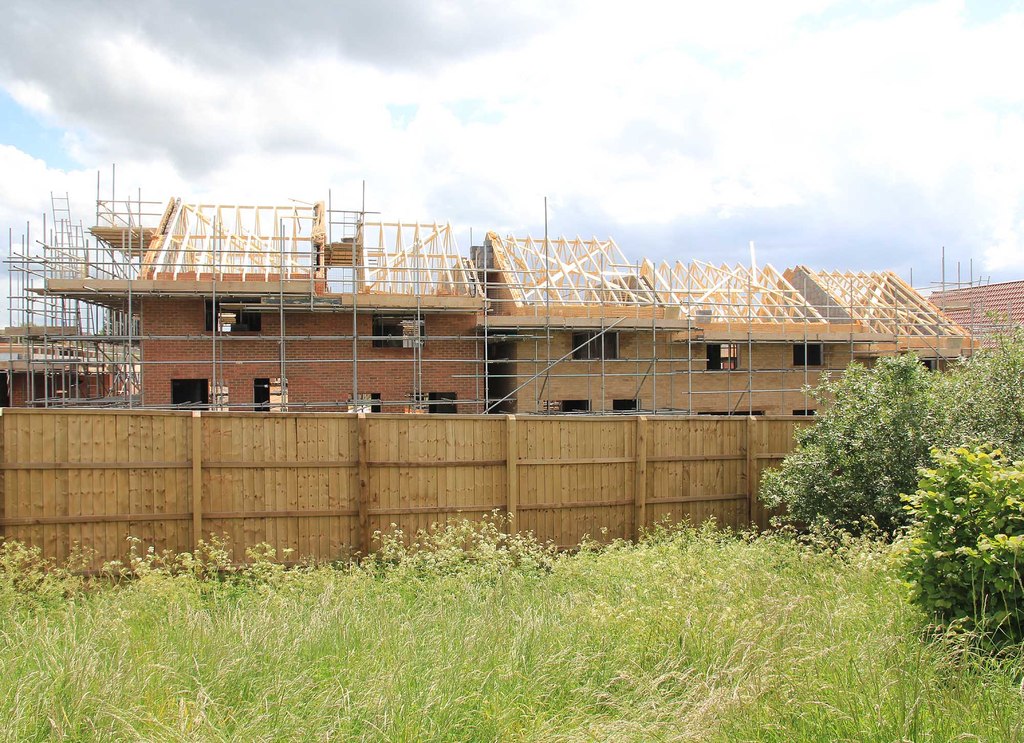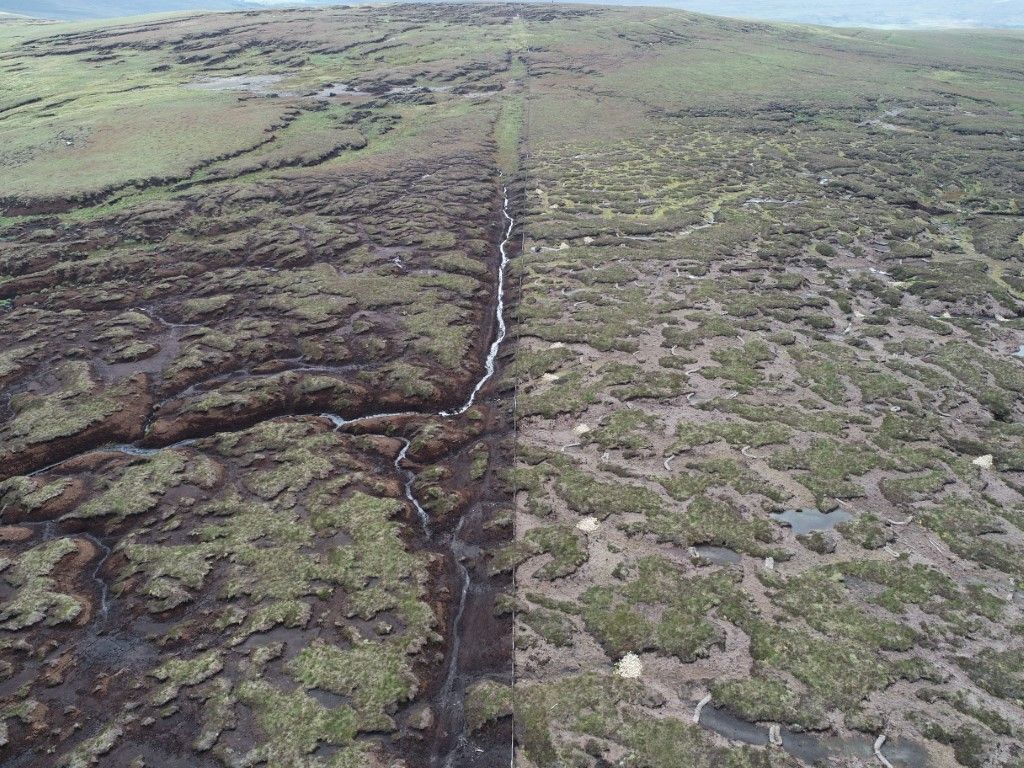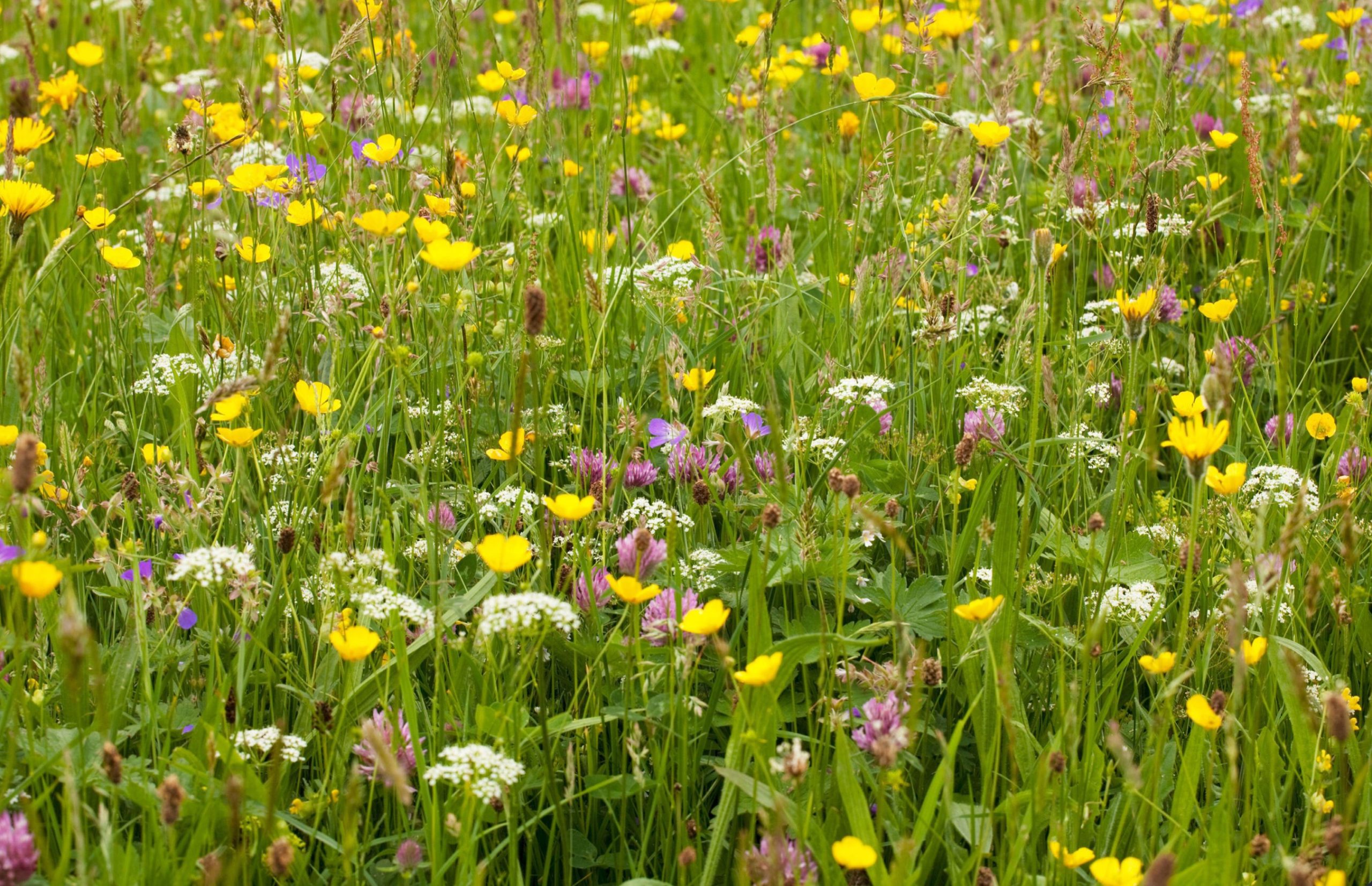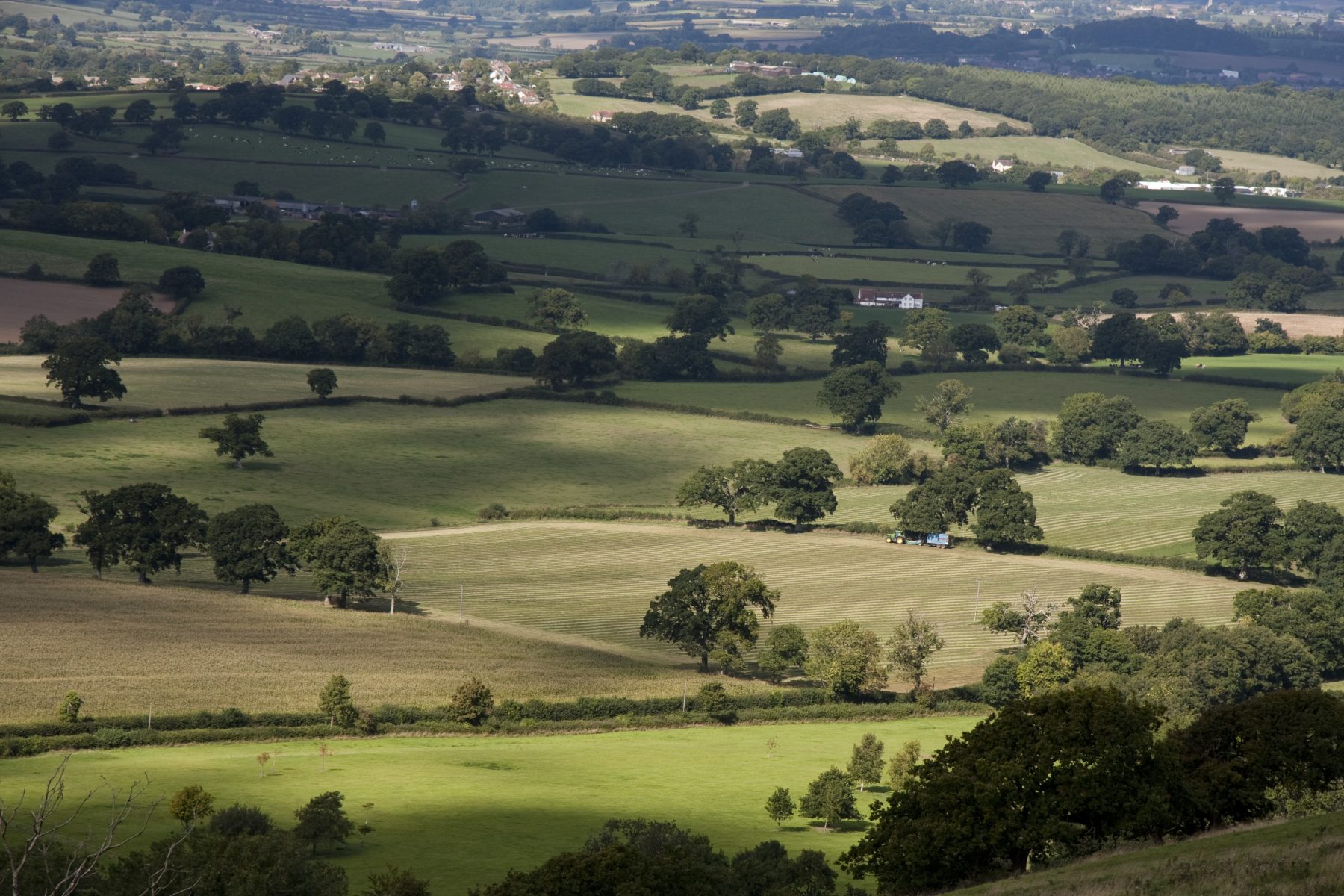Introducing Real Wild Estates’ new blog series written by our Head of Natural Capital, Tom Bridge. As the RWE team travel the length and breadth of the UK speaking to clients about how to achieve financially viable nature recovery on their landholdings, there is plenty of time to ponder the many facets of the rapidly-evolving nature restoration space. This series will explore topics from payment schemes and carbon pricing, to species reintroductions and policy updates as each month Tom brings you his ‘Musings on the Move’.
‘A menu of remuneration’
As I spend time travelling round the UK visiting our clients, I have time to muse on the challenges presented to UK landholders by the fast-changing world that is nature restoration. But regardless of scale of these challenges, what excites me are the myriad of financial compensation and remuneration options available that will assist these people in delivering their objectives – for both nature and business.
Ten years ago, these options were limited. Landowners could apply for ‘Entry Level Stewardship’ (‘Mid Tier’ as we know it now) or the ‘Woodland Grant Scheme’, or if you were adventurous and feeling lucky you could try to get approved for ‘Higher Level Stewardship’. All of these were ably supported by a range of National Park, AONB, or Water Company payments and other small grant schemes but were minimal in their scope and unreliable in their flexibility and delivery.
Fast forward to today, and look at what we have now!
From the point of view of someone offering independent advice to landowners, there is a useful range of options developing. Granted, these come with varying levels of risk and reward but the variety and flexibility creates huge appeal. Amongst others there are DIY options where landowners can take an option with a habitat bank provider who will pay you to use your land to create a habitat bank; or the option to access the free market for returns on nature restoration.

The pros and cons of Biodiversity Net Gain
Then of course there is Biodiversity Net Gain. The debate is still open as to whether this will be the panacea that it was first reported to be, but there is no doubt that for landholders it is a strong option financially, although not necessarily over large areas of land. Now that Real Wild Estates have successfully piloted a number of schemes, we see this option as being relatively straight forward. Yes, there are still teething issues, and the regional lottery with each Local Planning Authority’s level of preparedness isn’t helpful, but given that we’re still in the early days this can be excused by the fact that where it works, it works well.
What’s happening with Nutrient Neutrality?
Slightly more thorny is Nutrient Neutrality (NN to those who like another acronym). In the recent Autumn Statement, Jeremy Hunt announced £110m to provide local NN offsetting – like many others, I will be watching this development with interest over the coming months to see how Government plans to deliver it. My thoughts on NN are generally that if you are in the right location, and the requirements of a scheme in your area align with your own objectives for your land, then this is a good option. But be aware, it is likely to be a long-term commitment (80 years is not unheard of) and it isn’t a quick or easy process to get a scheme up and running. I know of one project where over £500k was invested by the landowner before the ground was even broken. Admittedly the returns meant that the landowner made that money back – and many times over – in the first couple of years, but that is a risk.

Peatland restoration, Northern England
Choosing carbon
And then we get onto the plethora of carbon options. Hardly a day goes by that another paper, summary, or opinion piece about schemes, prices or verification standards doesn’t cross my desk. Reports of ‘optimistic’ schemes in developing countries don’t help to support the integrity of these mechanisms underpinning a global market place. Fortunately, in the UK we do have two high-integrity, nature-based solutions that are trading at the higher end of current global markets: Woodland Carbon Code and Peatland Carbon Code. The price per ton of carbon varies depending on who you ask, but regardless, these prices will continue to rise as demand increases in the short to mid-term. To benefit from these schemes you do need to plant woodland or be lucky enough to own a sizeable tract of peatland, but regardless of whether the price in 2040 or 2050 is £200 or significantly more, they will provide strong, long-term returns.
Getting projects ‘investment-ready’ and accessing the nature marketplace
Beyond carbon, we are also increasingly seeing the development, growth and most importantly verification of high-integrity nature-focused credit schemes which will reward landowners for ecosystem restoration and the associated carbon sequestration benefits. Based on the principle that fully-functioning, high-integrity ecosystems inherently sequester more carbon than those that have been degraded by intensive management, greater numbers of these schemes are starting to come to the marketplace. For me, it’s the most exciting part of what we do at Real Wild Estates – acting as a project developer and supporting our clients to make the most of these schemes, by helping them to get ‘investment-ready’. Linking our clients up with investors is how we’re playing our part in plugging the funding gap, enabling private finance to flow into nature restoration projects across the country.

The luxury (or paralysis?) of choice
The options available to financially support landowners extends far beyond what I’ve mentioned just in this article. Comparing the number of schemes that were available in the past to those that can be selected today to fund and remunerate landowners’ nature restoration efforts is like comparing TV channels in the 80s with TV now. We live in a world of choice – almost too much choice – and it is a full time job in itself to stay up to speed with what is available and more importantly what might work for each individual landholding.
The conclusion of my musings whilst crawling along the A303 or hurtling up the A74(M) is that the client I am off to see is doing the right thing – they are seeking advice, as early as they can to help steer them in the right direction for the benefit of the future of their business operations and their land. Whether this is the only time I will see that client or whether this is the start of a long-term partnership, and whether carbon pricing forecasts purporting increases are correct or not, what makes it worthwhile is knowing that supported by Real Wild Estates, this landowner is facilitating more land to undergo nature recovery and that is always a good thing.
Tom

